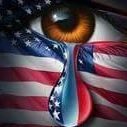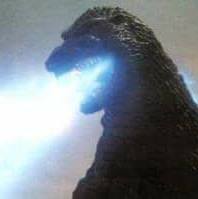Which US Air Force fighter jet was NOT used by the Thunderbirds Aerial Demonstration team?
The US Air Force Thunderbirds have been thrilling spectators since 1953 and have flown a variety of jet aircraft since their first seasons. But their demonstration aircraft have not included the iconic Korean War MIG-killer F-86 Sabre fighter.
The Thunderbirds were activated in May of 1953 and are the third oldest flying aerobatic team (under the same name) in the world, after the US Navy Blue Angels formed in 1946 and the French Air Force Patrouille de France formed in 1931.
The team began with the F-84G Thunderjet, a straight-wing fighter then a standard USAF fighter-bomber. The team transitioned in 1955 to the swept-wing F-84F Thunderstreak, which they flew until 1956, when they transitioned again to the F-100C Super Sabre, the Air Force's first supersonic fighter.
For a short time the team flew the F-105B Thunderchief in 1964, but transitioned to the F-100D Super Sabre, after only six shows in the F-105.
The team next flew the F-4E Phantom II from 1967 until 1973. At this time the Navy's Blue Angels were also flying a Phantom II, the F-4J, the only time the two teams flew similar aircraft. The Thunderbirds switched to the more fuel economical T-38 Talon trainer, which they flew until a disastrous four-plane crash in 1982 that claimed the lives of all four pilots.
In 1983 the team returned to the skies in the F-16A/B Fighting Falcon. In 1992 the team upgraded to its current aircraft, the F-16C/D Fighting Falcon.
More Info:
en.wikipedia.org








